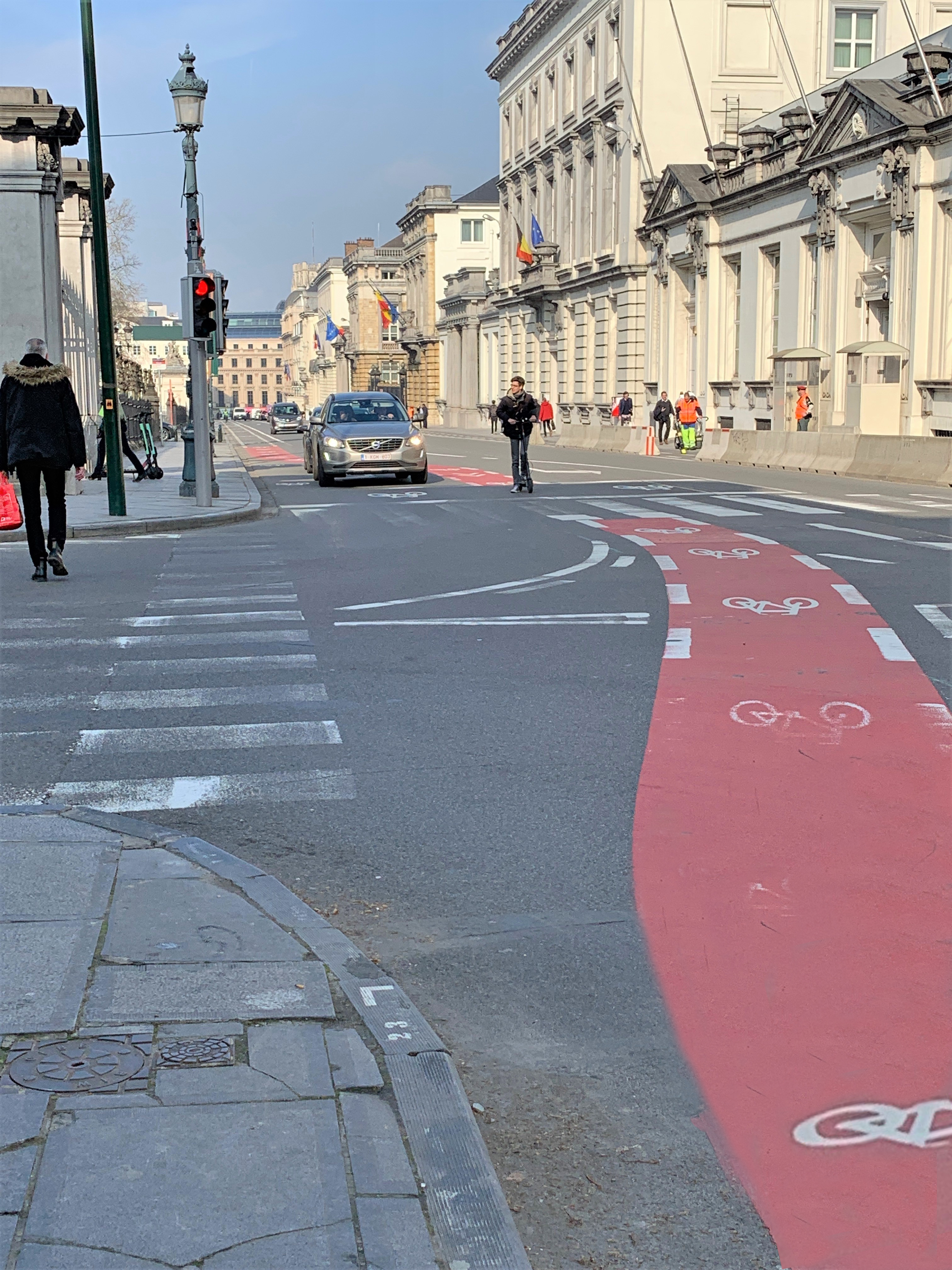
Road Safety Manual
A manual for practitioners and decision makers
on implementing safe system infrastructure!

Road Safety Manual
A manual for practitioners and decision makers
on implementing safe system infrastructure!
A Safe System will exist when road users are no longer exposed to death or serious injury on the network.
The Safe System approach focuses on eliminating crashes that result in fatal or serious injury outcomes; that is, those crashes that are a major threat to human health. It draws upon the Swedish Vision Zero and the Dutch Sustainable Safety road safety visions and objectives. Safe System Principles provides information on other key elements of the Swedish and Dutch approaches.
The Swedish Vision Zero asserts that human life and health are paramount (Tingvall, 2005) and no long-term trade-off is allowed, reflected in the ethical imperative that “It can never be acceptable that people are killed or seriously injured when moving within the road transport system”. Tingvall (2005) notes that traditionally, mobility has been regarded as a function of the road transport system for which safety is traded-off. However, Vision Zero turns this concept around and resets mobility as being a function of safety (See References(Scope of Road Safety Problem)). That is: no more mobility should be generated than that which is inherently safe for the system. This ethical dimension reflects the principles accepted for workplace safety, where the effectiveness of the working process cannot be traded-off for health risks. Norway (NPRA, 2006), in adopting the Vision Zero goal, has highlighted the ethical approach underpinning it, i.e. “Every human being is unique and irreplaceable and we cannot accept that between 200 and 300 persons lose their lives annually in traffic”. Sweden is looking beyond Vision Zero as well, and in November, 2017 introduced "Moving Beyond Zero." Moving Beyond Zero is a major rethink of the Vision Zero policy and introduces an active transport advocacy campaign.
The objective of the Netherlands Sustainable Safety approach (Wegman & Aarts, 2006) is to prevent road crashes from happening, and where this is not feasible, to reduce the incidence of (severe) injuries whenever possible.
OECD (2016) points out that while Vision Zero is based on an ethical principle to eliminate death and serious injury from the transport system, Sustainable Safety takes elimination of preventable accidents as the starting point and attaches greater weight to cost-effectiveness in determining interventions.
It is clear that this ethical position, which holds that the prime responsibility of a road authority is to support road users to reach the end of each of their trips safely, is being increasingly adopted by jurisdictions. The following literature supports the need for measures to save lives through achieving a ‘forgiving’ system:
The Safe System’s ethical goal of serious casualty elimination will not be achieved overnight. It requires a long-term timeframe for actions to be developed and implemented in successive intermediate timeframes, to deliver incremental serious casualty reductions (to meet interim targets over the medium-term) and support progress towards the long-term goal. The following case studies from Belize and China show two long-term approaches to reducing fatal and serious crashes.
It also requires commitment to interim step-wise targets, which gives prominence to the long-term goal (OECD, 2016; GRSF, 2009; 2012; Breen, 2012).
PIARC (2012), in its National Road Safety Policies and Plans Report, notes that best practice in target setting is represented by government commitment to a long-term goal of zero fatalities with strong interim targets that establish the path to success. Adoption of a long-term Safe System approach is identified good practice for managing for results and is supported by other key international road safety stakeholder organisations as outlined in Road Safety Management. Following the request of the United Nations General Assembly, on November 22, 2017, member states reached consensus on 12 global road safety performance targets. For more information see Developing Global Road Safety Targets. There is an increasing number of countries that have adopted a “Towards Zero” or fatal and serious injury elimination goal — the aspiration underpinning the Safe System approach. This long-term commitment to elimination of road crash fatalities and serious injuries at the highest level of government will influence and support road safety management and road safety policy in a jurisdiction and will be clearly reflected in the proposals described in a strategy and action plan to achieve ambitious interim targets. The following case study from the United States of America, discusses the Minnesota's Towards Zero Deaths initiative.
The safe system approach often requires road agencies to rethink their approach to how projects and programmes are implemented. It is important to begin with some understanding of the how the system is currently operating through objective performance measurement. The first case study discusses the Road Safety Manual which was developed to help the practitioner on the Safe System journey. Some nations have also started the journey through the "Star Rating" system developed as part of iRAP. This is shown in the second case study.
